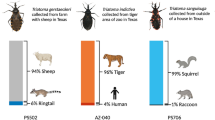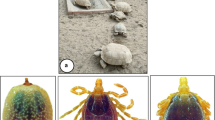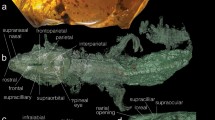Abstract
As my, name was mentioned by Prof. T. D. A. Cockerell in his letter in NATURE of May 17 on the identification of a certain animal represented among the incised carvings at Karnak, may I point out that the figure in question is the Egyptian hieroglyph for the letter F? I am informed by my colleague, Mr. A. Shorter, of the Department of Egyptian and Assyrian Antiquities, British Museum, that the animal portrayed in that symbol was identified as a slug so long ago as last century, the identification being based on a representation published by Prisse (1847), but that it has been more commonly recognised as the horned viper (Cerastes cornutus (Linn.)). The ‘horns’ in the figure, if somewhat exaggerated, are like those of the viper and do not resemble the tentacles of a Veronicella (the slug which has been suggested), in which there are in fact two pairs of these appendages. The clearly defined head and slender ‘neck’ which are shown in the Karnak figure are not found in Veronicella.
This is a preview of subscription content, access via your institution
Access options
Subscribe to this journal
Receive 51 print issues and online access
$199.00 per year
only $3.90 per issue
Buy this article
- Purchase on SpringerLink
- Instant access to full article PDF
Prices may be subject to local taxes which are calculated during checkout
Similar content being viewed by others
Author information
Authors and Affiliations
Rights and permissions
About this article
Cite this article
ROBSON, G. Slug or Horned Viper?. Nature 125, 893 (1930). https://doi.org/10.1038/125893d0
Issue date:
DOI: https://doi.org/10.1038/125893d0



